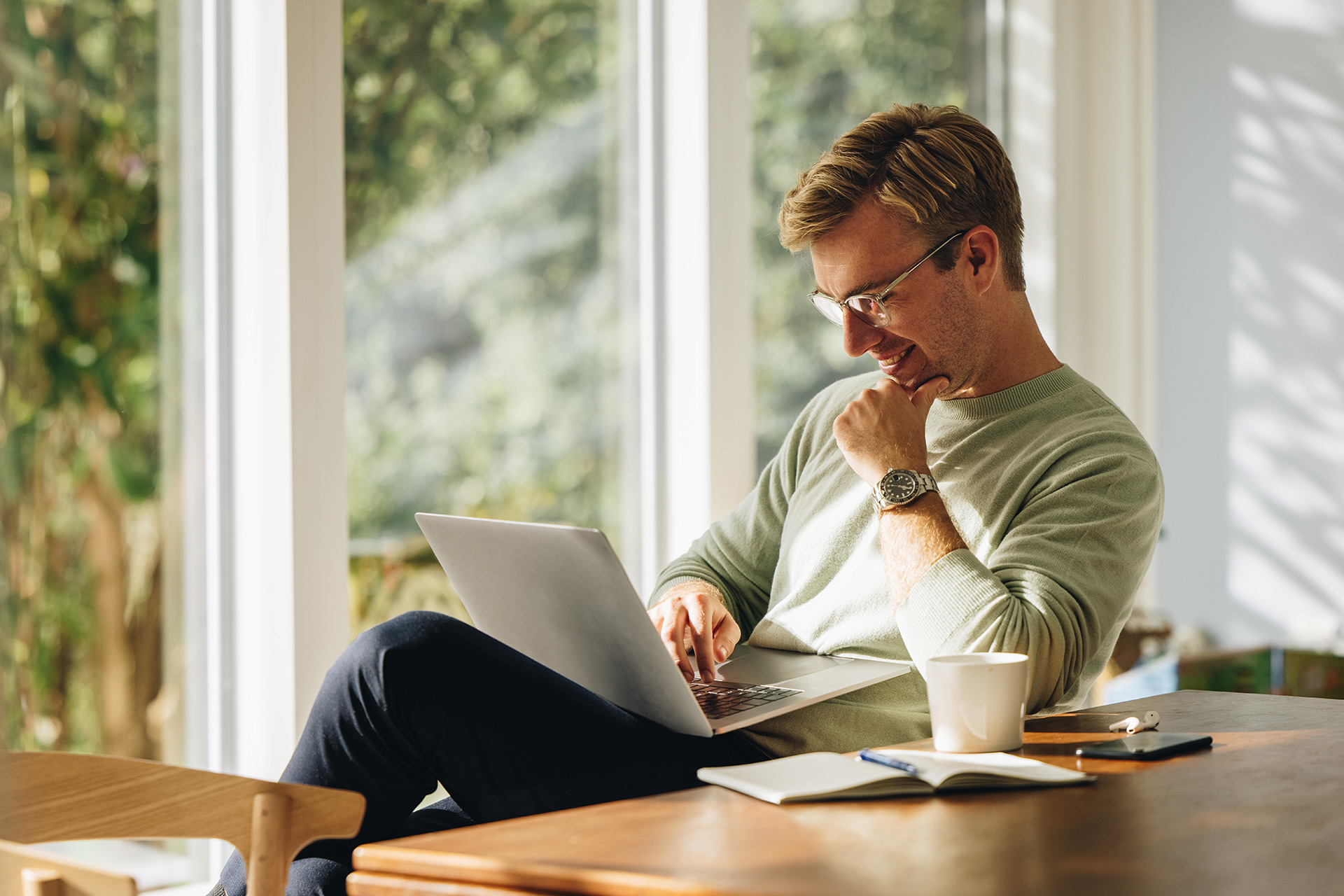Add an extra layer of online security with Multifactor Authentication


Locking the door behind you on your way out and activating your home security is one way you add extra layers of security at home. So why not also do it in your digital life?
What is multifactor authentication?
Multifactor authentication (MFA) is a method in which a system or online account gives you access only after your successfully demonstrate that you are who you say you are by presenting two or more pieces (or factors) of evidence.
This could be a password that has a secondary verification code, a digital certificate installed on your device, a personal question, etc. Obviously, the more layers of protection you set, the better you can protect your accounts.
The following factors are normally combined:
- Something you know: a password, the answer to a question, a PIN, etc.
- Something you have: a notification you receive on your mobile, a security code etc.
- Something only unique to you: biometrics such as a digital fingerprint and/or facial recognition
Why should multifactor authentication be activated?
Daily routines have changed. The things we used to do in person, such as going shopping, banking or booking a holiday, we now do online. We’re used to entering our details on different registration websites and carrying out transactions via the web.
One of the benefits of multifactor authentication is that it prevents identity theft. Imagine if you receive a fake email with a link that directs you to a fake login website impersonating a service provider you use. If you have multifactor authentication activated on your shopping or banking apps, no matter how much relevant information they’ve managed to retrieve, such as your password, it will make it harder to proceed with their attack. The person trying to get into your account with your password will always come up against an authentication factor —one that only you have.
Here is another benefit for most email and social media accounts. With the MFA option activated on your accounts, when you login from a device you don’t normally use, these sites will send a verification code to your phone or personal email to check if it’s really you. So, if anyone manages to get your username and password, they won’t be able to access the account if the login from the new device isn’t verified.
Where else is MFA used?
MFA is everywhere in our lives, although we may not always realise it. Here are some other examples of where it is used:
- Inserting a card in a credit card terminal, and also entering the PIN.
- Signing into a website and being asked to enter a one-time password which the authentication server sends to your phone or email address.
You can apply multifactor authentication to the different apps you use. Check which ones have it and activate it now.







